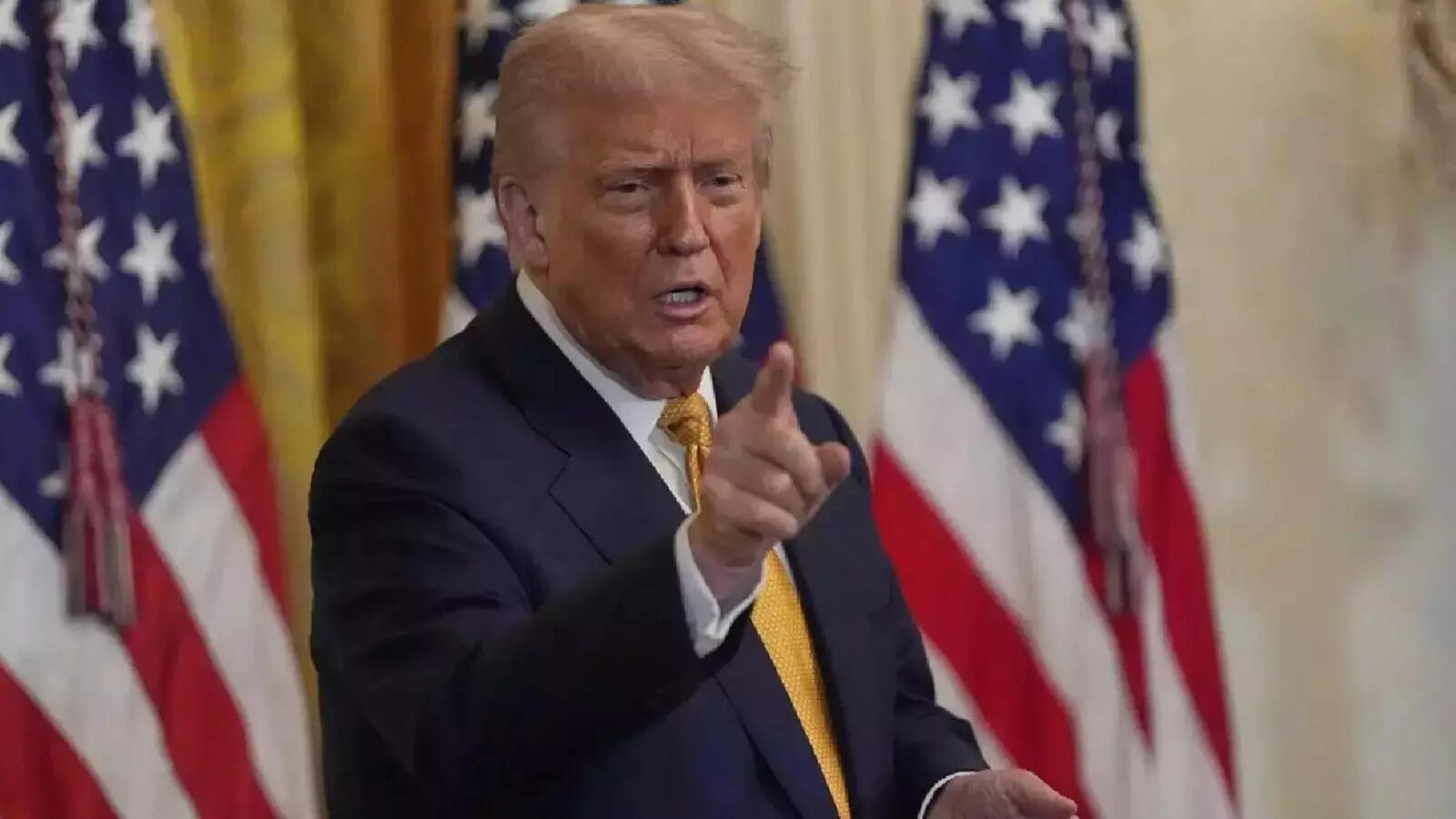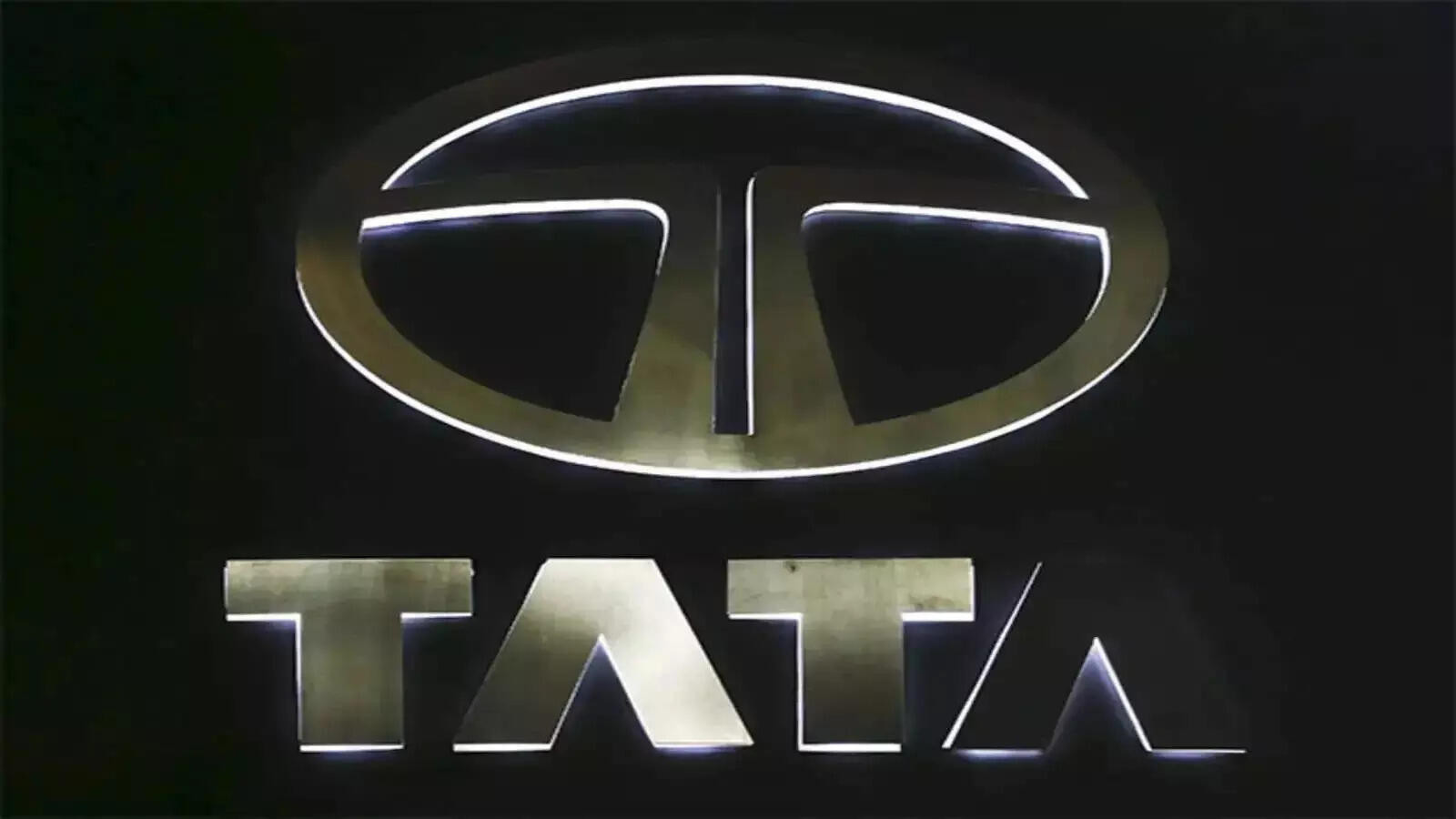President Trump indicated a potential 20-25% tariff on Indian goods, slightly less than the previously announced 26%, amidst ongoing trade negotiations. He stated India’s high tariffs prompted the consideration, despite acknowledging their friendship. This levy positions India competitively with Bangladesh in textiles, but behind Vietnam and Indonesia.
Navigating the Tariff Tightrope: Is India on the Brink of New US Trade Barriers?
The winds of international trade have been anything but still lately, and India might be about to feel a sharper gust. Whispers (and now louder pronouncements) out of Washington suggest a potential new round of tariffs, reportedly in the range of 20-25%, could be levied on certain Indian goods. What’s behind this brewing trade storm, and what does it mean for Indian businesses and consumers?
The Root of the Rumble: Unpacking the Potential US Tariffs
The reasons cited for considering these tariffs aren’t exactly novel. The US has long expressed concerns about what it views as unfair trade practices and market access barriers in India. These range from specific regulations affecting digital trade to broader issues of intellectual property protection and agricultural trade restrictions. It’s a complex web of grievances, many of which have been simmering for years. The US Trade Representative (USTR) has consistently highlighted these issues in its annual reports, painting a picture of a trading relationship that, in its view, isn’t entirely reciprocal.
This isn’t simply about abstract trade deficits, either. American companies, particularly in sectors like technology and agriculture, argue that they face undue hurdles when trying to operate in the Indian market. They point to data localization requirements, stringent testing standards, and tariffs on certain agricultural imports as examples of practices that put them at a disadvantage.

Sectors in the Spotlight: Which Indian Industries Face the Heat?
While the specific goods targeted by these potential tariffs remain shrouded in some uncertainty, indications suggest that sectors like textiles, agricultural products, and certain manufactured goods could be in the crosshairs. These are industries that hold significant weight in the Indian economy, providing employment to millions and contributing substantially to export revenue.
For the textile industry, already navigating fluctuating global demand and increased competition, new tariffs could add significant pressure. Similarly, Indian farmers, many of whom are already struggling with low crop prices, could see their export opportunities diminish if agricultural products become more expensive in the US market. The ripple effects could extend beyond these directly affected sectors, impacting related industries and supply chains.
India’s Response: Diplomacy and Dialogue as Key Strategies
So, what cards does India hold in this high-stakes trade game? The Indian government has historically favored a diplomatic approach, seeking to resolve trade disputes through dialogue and negotiation. This involves engaging with the USTR and other US officials to address concerns, explain Indian policies, and explore mutually acceptable solutions.
One key strategy is to emphasize the benefits of the Indo-US trade relationship for both countries. India is a significant market for US goods and services, and increased trade and investment ties have the potential to create jobs and spur economic growth on both sides of the Pacific. Highlighting these mutual benefits could help to temper any protectionist impulses and pave the way for a more constructive dialogue. Furthermore, India can also point to its own efforts to reform its trade policies and improve market access for foreign companies. This includes streamlining regulatory processes, reducing tariffs on certain goods, and strengthening intellectual property protection.
The Bigger Picture: Global Trade Tensions and the Future of Indo-US Relations
This potential tariff dispute isn’t happening in a vacuum. It’s part of a broader trend of rising trade tensions around the world, fueled by concerns about unfair trade practices, national security, and economic competitiveness. The US, under different administrations, has pursued a more assertive trade policy, challenging existing trade agreements and imposing tariffs on a range of goods from different countries.
How India navigates this complex landscape will have significant implications not only for its own economy but also for the future of its relationship with the United States. Strong trade ties are a vital pillar of the broader strategic partnership between the two countries, encompassing areas like defense, security, and technology. Maintaining a healthy and balanced trading relationship is therefore crucial for ensuring the continued strength and stability of this important partnership. You can also learn more about India’s role in global manufacturing.
Steering Through the Storm: A Call for Collaborative Solutions
The potential imposition of new US tariffs on Indian goods presents a significant challenge. However, it also offers an opportunity. An opportunity to strengthen communication, to address legitimate concerns on both sides, and to forge a more resilient and equitable trading relationship. While the path ahead might be fraught with challenges, a commitment to dialogue, transparency, and mutual respect is essential for navigating these turbulent waters and ensuring a prosperous future for both India and the United States.







